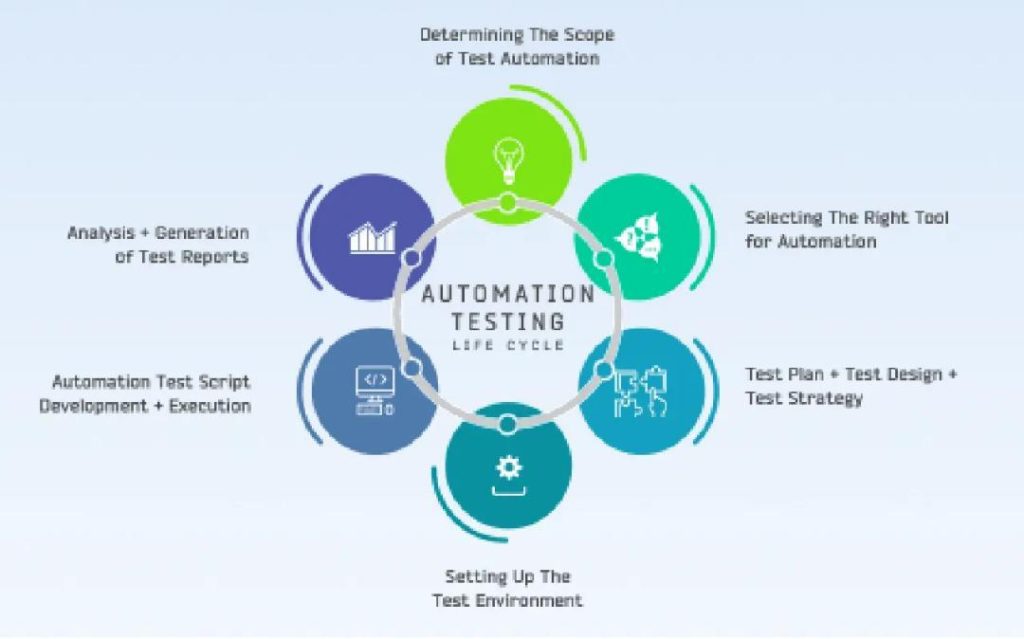
What Rules Make Automation Strategy Effective?
In today’s fast-paced business environment, companies are constantly seeking ways to streamline processes, reduce costs, and increase productivity. Automation has become a popular solution to achieve these goals, but it’s not a one-size-fits-all approach. An effective automation strategy requires careful planning, execution, and ongoing monitoring to ensure it brings desired results. In this blog post, we’ll explore the rules that make automation strategy effective and provide guidance on how to implement it successfully.
Rule 1: Prioritize Automation as a Strategic Imperative
Automation is often viewed as a technical project, but it should be treated as a strategic imperative. It’s essential to recognize that automation is a business-driven initiative that requires careful planning, execution, and ongoing monitoring. By prioritizing automation as a strategic imperative, you’ll be able to unlock productivity, reduce costs, and create new opportunities for growth.
Rule 2: Balance Technology with People and Skilling Teams
Automation is not just about implementing technology; it’s about people and processes as well. It’s crucial to strike a balance between technology and people to ensure that automation is implemented effectively. This means investing in training and development programs to upskill your teams and prepare them for the changes brought about by automation.
Rule 3: Gather Input and Foster Communication
Gathering input and fostering communication are critical components of an effective automation strategy. It’s essential to engage with stakeholders, including employees, customers, and partners, to understand their needs and expectations. By fostering open communication, you’ll be able to identify areas where automation can add value and address any concerns or issues that may arise.
Rule 4: Scale Thoughtfully
Scaling automation is a critical aspect of any automation strategy. It’s essential to start small and gradually scale up to ensure that automation is implemented effectively. By scaling thoughtfully, you’ll be able to embed automation across multiple functions, such as support, finance, and IT, to achieve true impact.
Rule 5: Focus on Business Outcomes
Automation is not just about implementing technology; it’s about achieving business outcomes. It’s essential to focus on the outcomes you want to achieve through automation, such as increased productivity, reduced costs, or improved customer satisfaction. By focusing on business outcomes, you’ll be able to measure the success of your automation strategy and make data-driven decisions.
Rule 6: Monitor and Adjust
Monitoring and adjusting are critical components of any automation strategy. It’s essential to continuously monitor the performance of your automation initiatives and make adjustments as needed. By monitoring and adjusting, you’ll be able to identify areas where automation is not meeting its intended goals and make changes to improve its effectiveness.
Case Study: How [Company Name] Implemented Effective Automation Strategy
[Company Name] is a leading provider of [industry/sector] solutions. The company recognized the need to automate its processes to reduce costs, increase productivity, and improve customer satisfaction. To achieve this, they implemented an effective automation strategy that focused on balancing technology with people and skilling teams, gathering input, and fostering communication.
The company started by identifying areas where automation could add value, such as customer service and finance. They then implemented automation solutions that integrated with existing systems and processes. The company also invested in training and development programs to upskill its teams and prepare them for the changes brought about by automation.
The results were impressive. [Company Name] was able to reduce costs by 20%, increase productivity by 15%, and improve customer satisfaction by 25%. The company also saw an increase in revenue and market share, making it a leader in its industry.
Conclusion
Effective automation strategies require careful planning, execution, and ongoing monitoring. By prioritizing automation as a strategic imperative, balancing technology with people and skilling teams, gathering input and fostering communication, scaling thoughtfully, focusing on business outcomes, and monitoring and adjusting, you’ll be able to unlock productivity, reduce costs, and create new opportunities for growth.
In conclusion, automation is not just a technical project; it’s a business-driven initiative that requires careful planning, execution, and ongoing monitoring. By following the rules outlined in this blog post, you’ll be able to implement an effective automation strategy that drives business outcomes and achieves true impact.
Source:
https://www.growthjockey.com/blogs/rules-for-building-effective-automation-strategy






